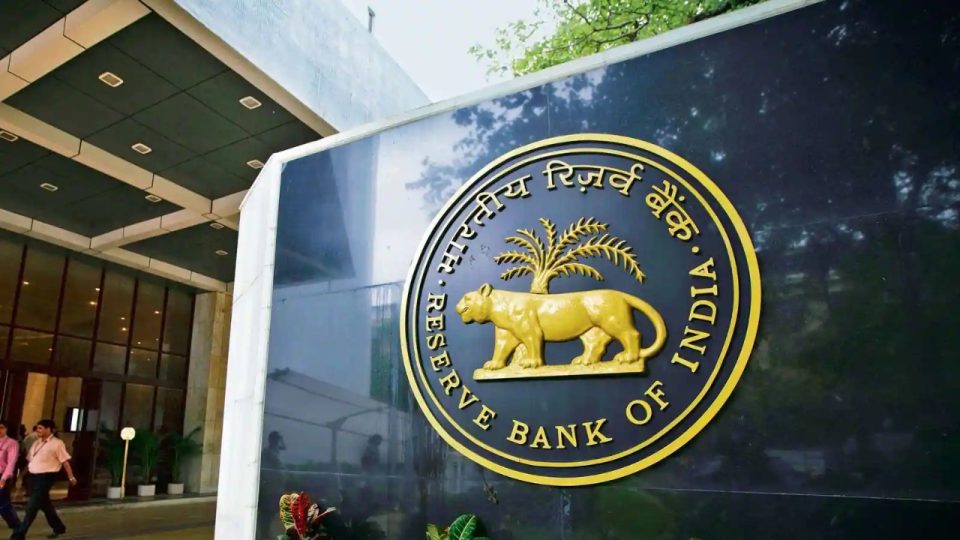Food has been the most significant determinant of the trajectory of retail inflation in India as it accounts for a sizable share of the consumer price index (CPI). The Reserve Bank of India’s (RBI) historic victory and setback in inflation have been largely driven by food. But no central bank in power can ignore the part where it has a direct role to play: core inflation.
Core inflation excludes food and fuel prices and reflects underlying economic demand conditions effectively influenced by monetary policy.
Covid-induced 2020 lockdowns have dented demand, keeping core inflation away from policy discussions. After all, this is not a threat in the context of a sharp economic contraction in FY21 followed by a slow recovery. Core inflation averaged around 5.5% in FY21, a year ravaged by the pandemic.
In short, despite a temporary hit on demand, prices for goods and services remain high. But policymakers rationally explain that this is largely supply-driven and that monetary policy cannot do anything about it.
Whatever the reason, strong core inflation is uncomfortable for the RBI. This chart shows how core inflation is back in trouble. The core index has climbed and stayed above 6% for more than a year, which could make the RBI more likely to try to keep headline retail inflation in the 2-6% range, even if other factors such as base effects and global commodity inflation) moderate prices drag it down.
Even over a long decade, core inflation has remained at or above 5% despite a slowing economy. So, this is the trickiest part of retail inflation, preventing headline inflation from falling below a certain level.
A sharp drop in food inflation marked the 2014-2016 inflationary period. To be sure, weak demand has maintained core inflation in 2020 but has not led to a sustained decline in inflation.
One of the reasons core inflation has stayed the same is that even during the worst economic slowdown, Indian companies have been able to pass on cost pressures, largely due to market inefficiencies. The pandemic has only made these inefficiencies more apparent.
Economists at HSBC India noted that the pricing power of big companies would keep core inflation high.
On top of that, discretionary spending among Indians has doubled over the past few months as the pandemic subsides, while inflation in the services sector continues to remain high.
For FY23, the RBI is unlikely to keep inflation below 6%. It expects headline inflation to hit 6.7% by March before easing later. Weak global commodity prices in recent months have improved the inflation outlook, but not enough for economists to downgrade their forecasts. This is because currency depreciation may offset any benefits from liberalising input costs.
The RBI also remained cautious, maintaining its inflation forecast for FY23 at 6.7%. It expects inflation to moderate to 5% in Q1FY24, mainly due to base effects. The result is that the central bank cannot get out of the way of raising interest rates.
Most economists expect two more rate hikes by December. At that point, the impact of past rate hikes will be a clear picture of global commodity prices may emerge. That said, rate hikes won’t erode core inflation so quickly. Measures other than raising interest rates may be needed to curb core inflation.
“Measures to reduce core inflation will likely require not only more upfront rate hikes (we expect two more hikes to bring the repo rate to 6% by the end of 2022) but also reforms to reduce lower efficiencies in factor markets such as land and labour,” HSBC said in a note.
The impact of the pandemic on the economy has been asymmetric, with small companies suffering the hardest and large public companies weathering the effect. The recovery has made differences between large and small companies and between different sectors of the economy stark. The skew in earnings growth for public companies suggests that pricing power is in the hands of a few large companies. Policymakers must be careful to ignore the impact on prices while focusing too much on damaged balance sheets.


 Signals, Powered By EquityPandit
Signals, Powered By EquityPandit

